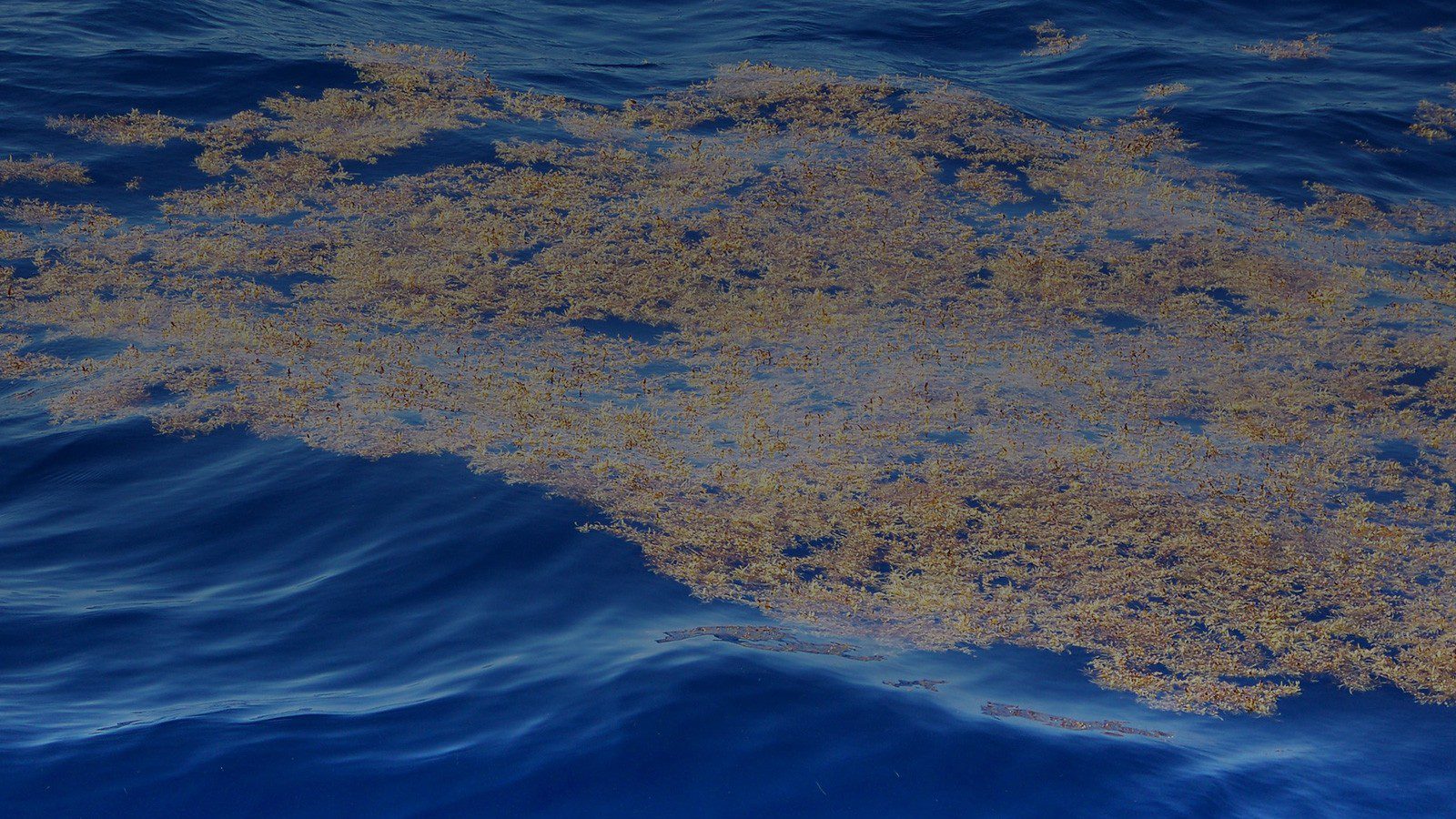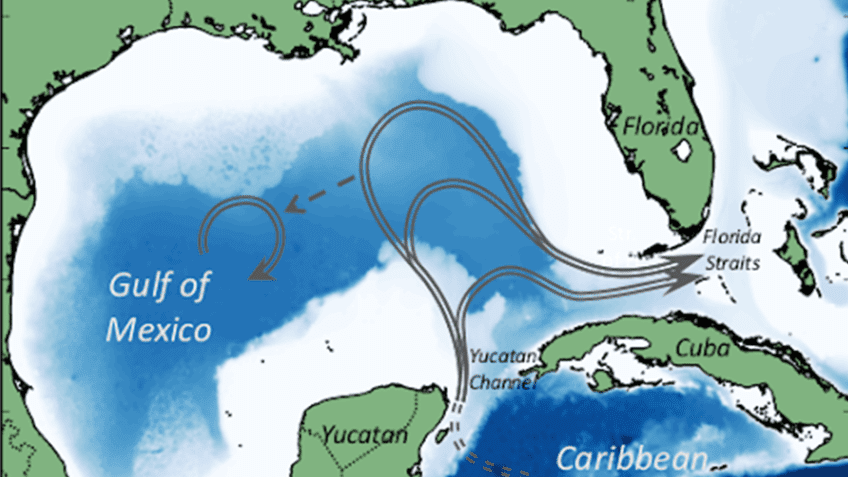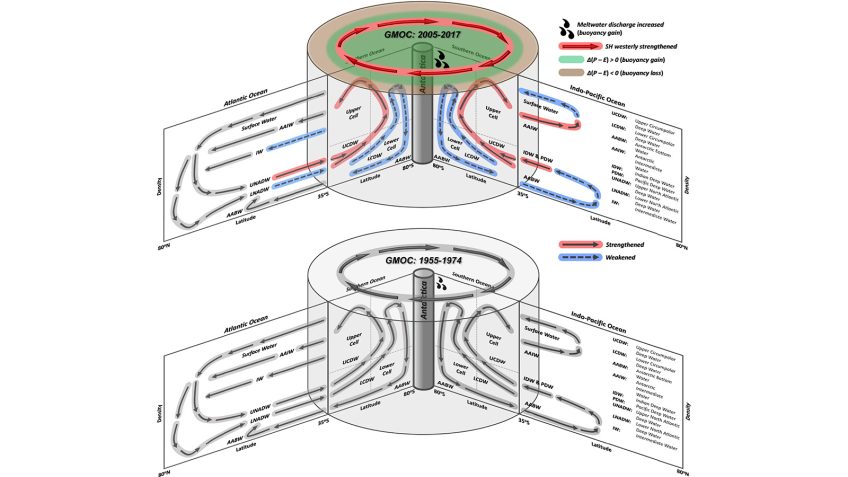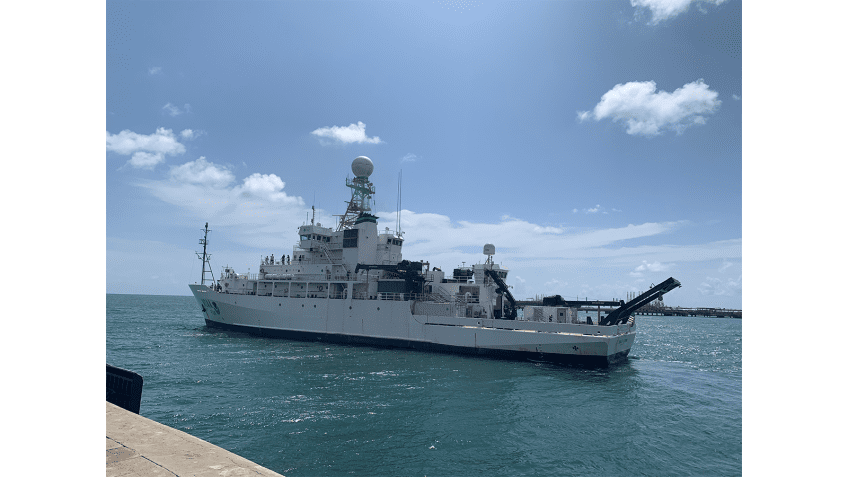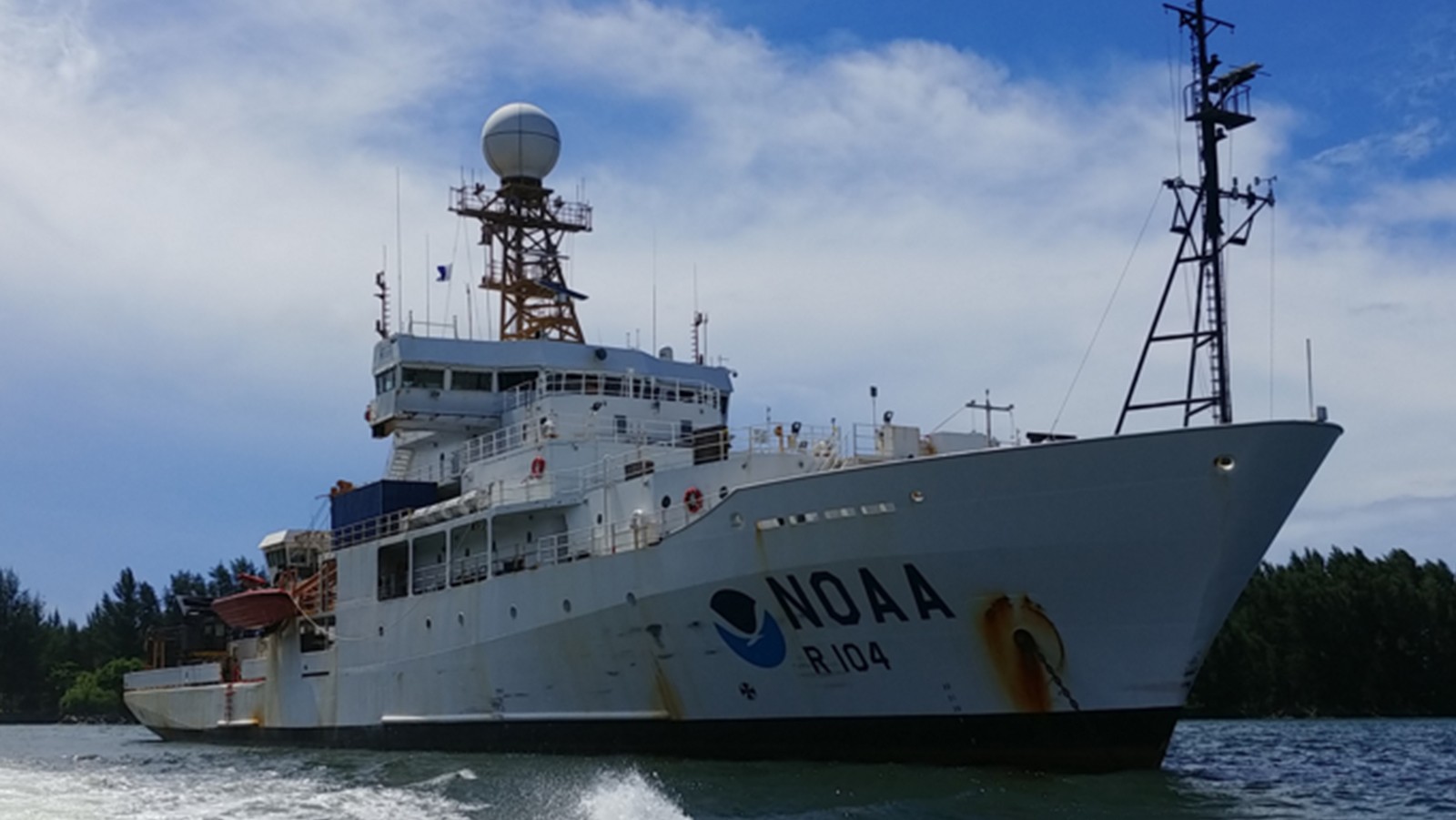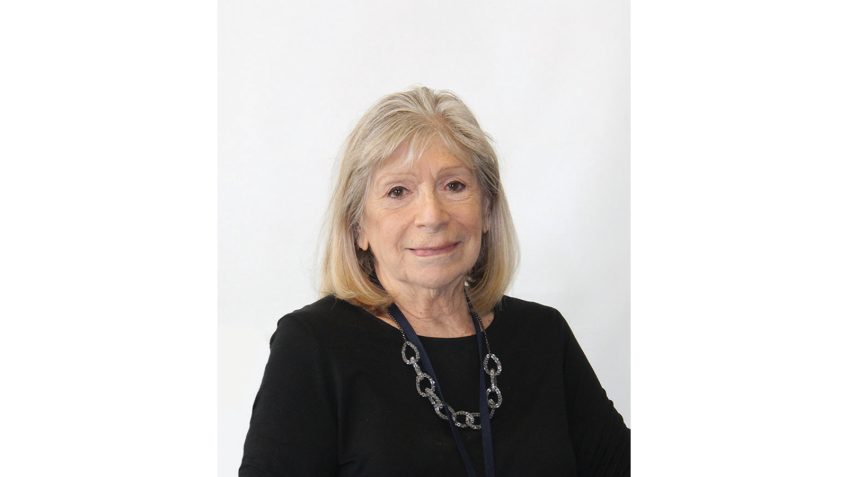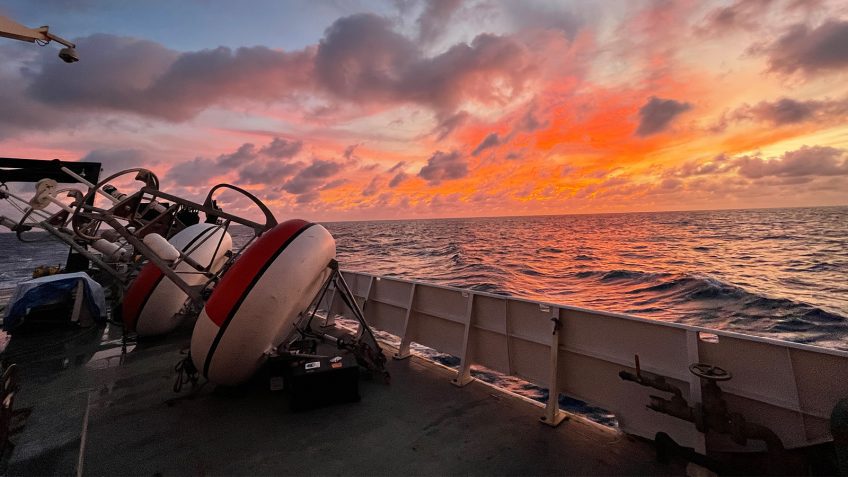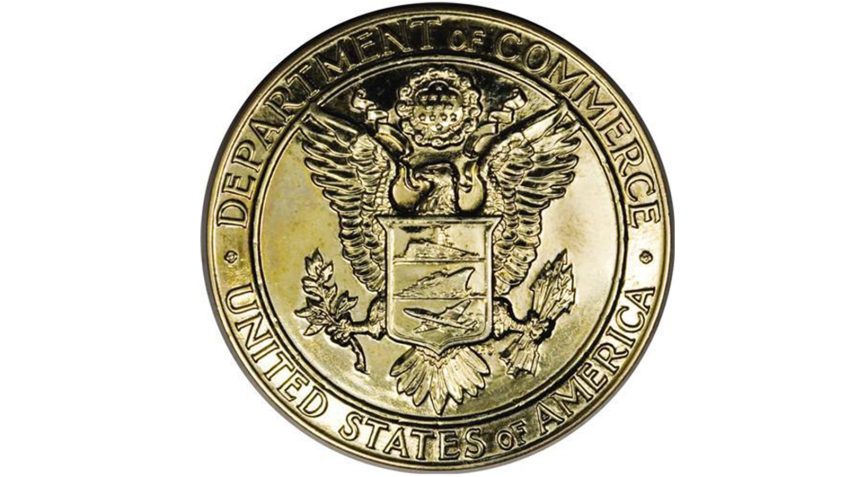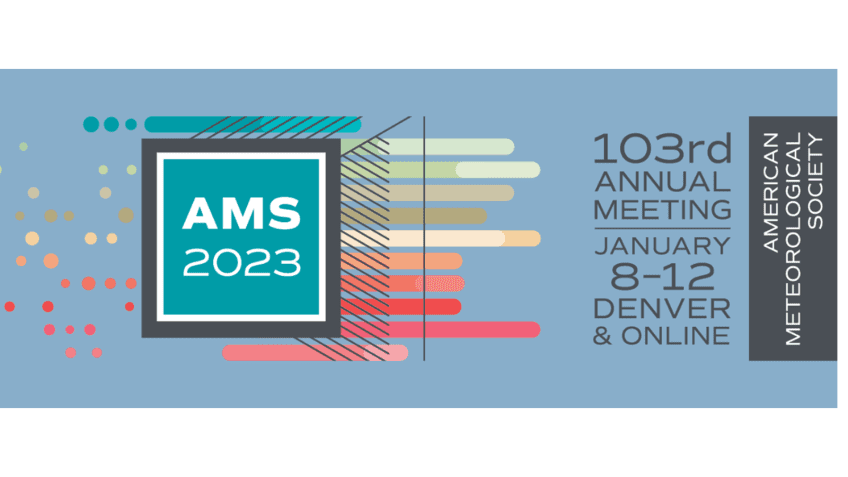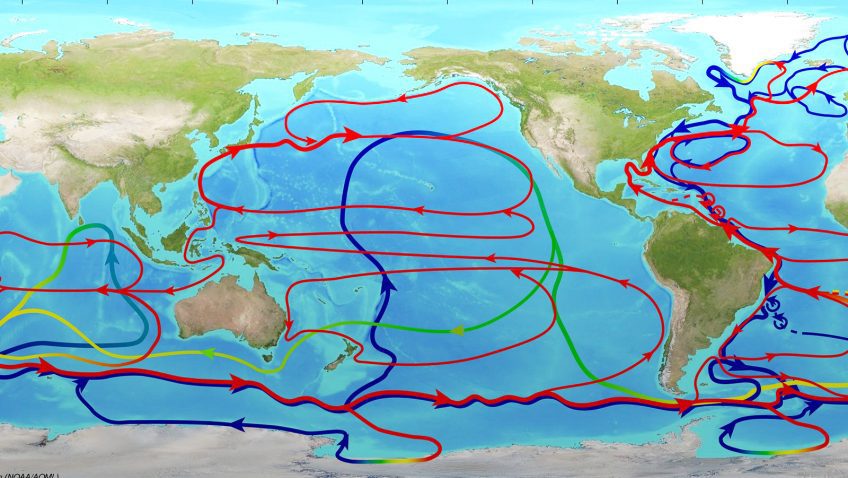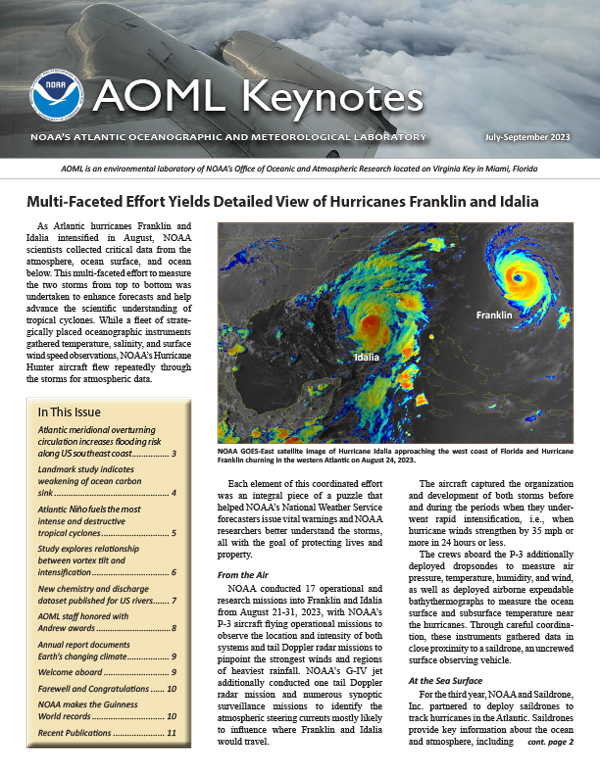Massive bloom of seaweed in tropical Atlantic raises the risk for Caribbean, Gulf, and Florida beach impacts in coming months
Earlier this year, ocean scientists raised an alert about the large amount of seaweed drifting in the tropical Atlantic this spring. Experts warned that the region’s annual spring bloom of Sargassum—a free-floating brown macroalgae from the North Atlantic that suddenly appeared in large quantities in the tropics in 2011— was the densest observed in March since scientists began tracking the phenomenon with satellite images twenty years ago. Excessive amounts of Sargassum raise the chances that large mats will break free from the prevailing currents and wash ashore later this spring and summer in the Caribbean, Gulf of Mexico, and around Florida.
